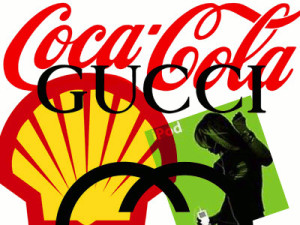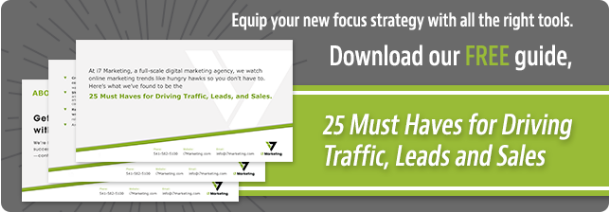It’s sometimes confusing to distinguish between a product and a brand. It’s not always so cut and dry. That’s because popular products can become brands and you can use brand names to refer to products. For example is the name Xerox the product or the brand?

Yet the more profound question that you need to answer when developing your marketing strategy is which comes first, your product or your brand? It helps if you can first define a product and a brand.
What Is a Product?
A product is something you sell in exchange for cash. Whether you sell a car, a cookie, a computer or a shoe, the product is the item your customers buy and will use in their lives.
What Is a Brand?
Your brand is more than your product. It is the promise you make with your customers. It’s what your customers expect to experience from your products and services. It’s also what differentiates your product from that of your competitors. It includes your logo, packaging, website, advertising and promotion. Your brand also represents your company’s daily interactions with customers. These interactions evoke emotion that compels your customers to buy your product and refer others to it.
When customers perceive that your brand is higher quality than your competitor’s products, you can charge a premium price. Coca Cola, Apple, Toyota, Gillette and UPS are among the world’s leading brands of soft drinks, computers and smart phones, automobiles, razors and shipping services, respectively. It just so happens that these brand names are also the company names. It just so happens that these brand names are the same as the names of their respective companies.
However, most brand names - such as Kleenex, Q-Tips and Band-Aid - differ from the company names of their manufacturers - Kimberly-Clark, Unilever and Johnson & Johnson, respectively. These brands are so entrenched in society that people commonly say “give me a Kleenex” when requesting a tissue or “I need a Band-Aid” when referring to an adhesive bandage for an injury. Since consumers value these brands, Kimberly-Clark, Unilever and Johnson & Johnson can charge higher prices for their branded products and services than their competitors for products in the same category.
What’s the Difference between Your Product and Your Brand?
There are several differences between your product and your brand. The biggest difference is that companies make products, whereas consumers make brands. Competitors can copy your product and your company can replace your product with another one. However, brands are unique, making them difficult to duplicate.
An example of this is Nike’s athletic shoes. Several competitors came out with basketball and tennis shoes, yet they were unable to duplicate the brand.
Another big difference is the expiration time of a product versus a brand. Products have life cycles. Brands can appear timeless. Think about how many cars Ford has developed and sold during its brand history. Each model has features that are useful at the time of sale. However, as new technologies are born, they replace the older ones. For example, thirty years ago it was a big deal to have a cassette player in your car stereo. Today it’s Bluetooth.
Brands can grow with value over time. Think how much more valuable Apple as a brand is today than it was fifteen years ago. When Apple launches a new product, it causes frenzy in the retail marketplace.
Product First, Brand Later
So now that you can see a product comes before a brand, does this mean you should focus on the product first? The answer is yes and no. As you develop and promote your product, you need to be thinking about building the brand all the time. You need to visualize your brand and the customers who will help you make your brand successful.
How Can You Transform Your Product into a Brand?
You cannot build a brand overnight. It takes time. And it takes information. There are several things to keep in mind.
The first thing is to define what your brand represents in the marketplace. How do its features and benefits differentiate from competitors’ products?
You’ll also need to create a unique logo, packaging and advertising slogan.
Most of all, you’ll need to identify your target market, the types of customers for which you will sell your product and whom your brand will serve. The more you know about your target market and cater your product to their needs, the more powerful your brand can become.



Submit a Comment
Your email address will not be published. Required fields are marked *